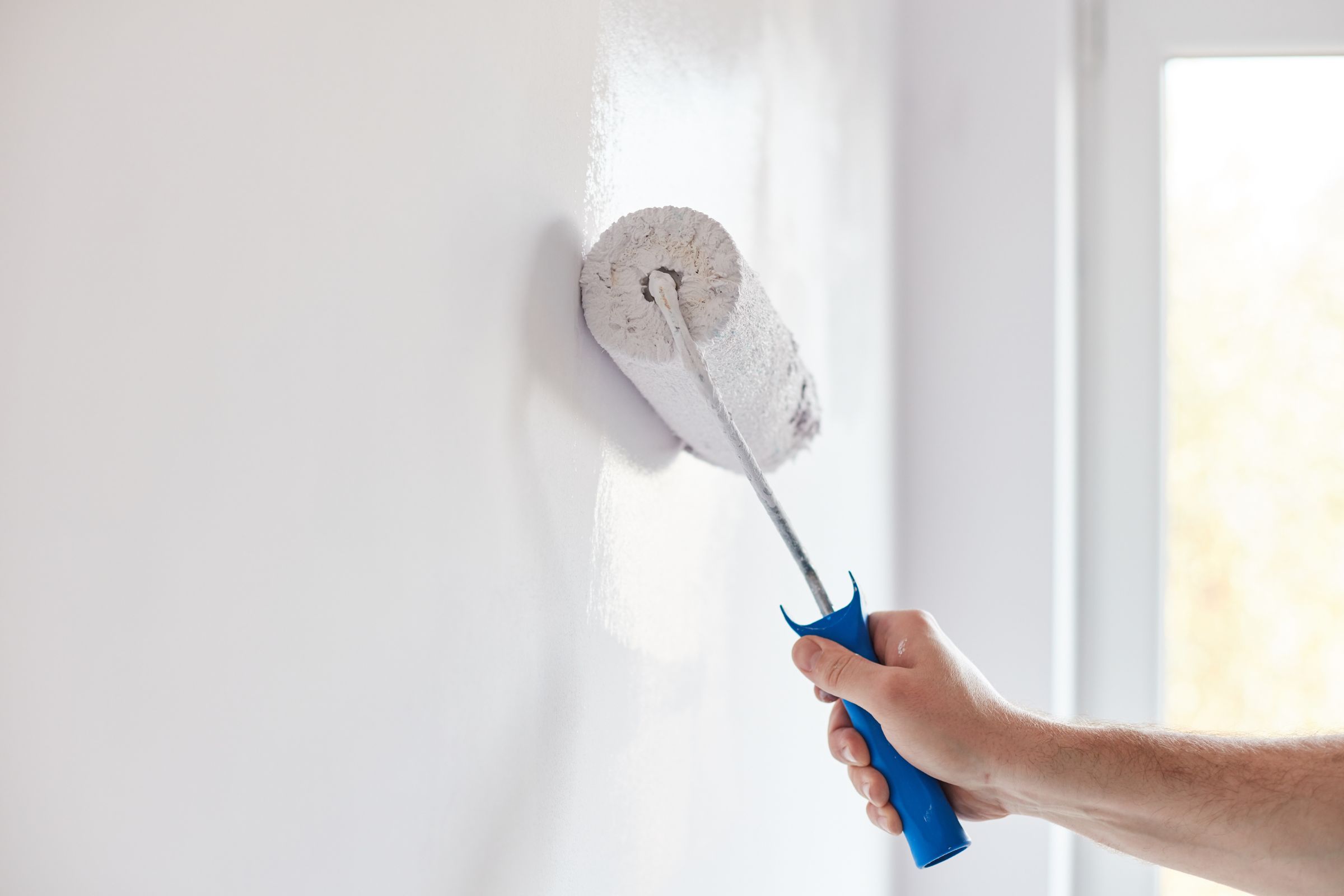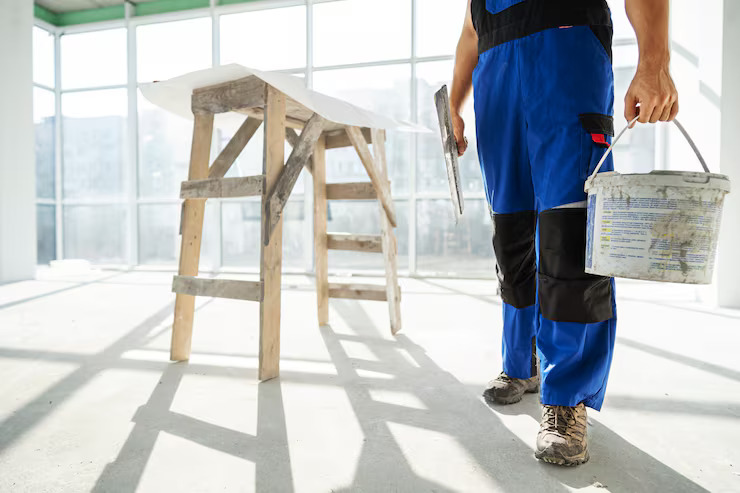Managing rental properties in New Jersey involves many ongoing responsibilities. One of the most important…

How to Extend the Life of Your Home’s Exterior Paint: Pro Tips for Long-Lasting Results
A fresh coat of paint can do wonders for your home’s curb appeal, but over time, weather, sun exposure, and everyday wear can take a toll on your exterior. Learning how to extend exterior paint life is essential for keeping your home looking great while protecting it from the elements. With proper maintenance and the right techniques, you can prevent paint from peeling, fading, or cracking, ultimately saving time and money on frequent repaints.
In this guide, we’ll cover exterior house paint maintenance, how often you should repaint your house, and expert strategies for long-lasting house paint protection.
How Often Should You Repaint Your House?
One of the most common questions homeowners ask is how often should you repaint your house? The answer depends on several factors, including the material of your home’s exterior, climate, and quality of the previous paint job.
Here are some general guidelines:
- Wood siding: Every 3-7 years (stained wood may need refinishing every 4 years).
- Stucco: Typically repainted every 5-7 years.
- Brick: If painted, needs a refresh every 10-15 years.
- Vinyl or aluminum siding: Can last 10-20 years before needing a new coat.
If you notice fading, cracking, or peeling, it may be time to schedule a repaint sooner.
Best Exterior Paint Care Tips
To maximize the lifespan of your exterior paint, follow these essential home painting maintenance guide tips:
- Regular Cleaning: Dirt, dust, and mold can break down paint over time. Gently wash your home’s exterior with a garden hose or a mild soap solution every six months.
- Check for Cracks & Caulking Issues: Small cracks and gaps can let in moisture, leading to peeling and structural damage. Inspect and reseal caulking annually.
- Keep Gutters & Drainage Clear: Clogged gutters cause water overflow, which can result in water stains, paint damage, and mold growth. Regularly clear leaves and debris.
- Trim Trees & Bushes: Overhanging branches can scratch and wear down your home’s exterior paint. Keep foliage trimmed to prevent damage.
By following these simple exterior house paint maintenance steps, you can keep your home’s paint job in top condition for years to come.
How to Prevent Paint from Peeling & Fading
One of the most frustrating issues homeowners face is peeling, flaking, or fading paint. Here’s how you can prevent paint from peeling and extend its longevity:
- Choose High-Quality Paints & Primers: Investing in top-tier long-lasting house paint helps resist cracking and fading.
- Use UV-Resistant Paint: Sun exposure can lead to fading, so opt for UV-resistant formulations.
- Apply Paint in the Right Conditions: Avoid painting on extremely hot or humid days, as this can affect drying and adhesion.
- Seal & Protect Surfaces: Applying a high-quality sealant can provide an extra layer of protection against weather damage.
If you’re repainting, make sure to properly prepare surfaces by scraping off old, flaking paint and applying a suitable primer before repainting.
Protecting House Paint from Weather
Weather is one of the biggest threats to the lifespan of your paint. Different climates present unique challenges, making it important to understand how protecting house paint from weather works:
- Hot & Sunny Climates: Intense sun exposure can cause paint to fade quickly. Using light-reflecting colors and UV-protective coatings can help maintain vibrancy.
- Cold & Snowy Climates: Freeze-thaw cycles can cause cracking. Opt for flexible, weather-resistant paint to withstand temperature changes.
- Rain & Humidity: Moisture can seep into paint, causing mold and peeling. Ensure proper drainage and consider mildew-resistant paint.
By taking climate conditions into account, you can improve your paint’s durability and reduce the need for frequent touch-ups.
When It’s Time to Repaint
Even with excellent maintenance, every home will eventually need a fresh coat of paint. Here are signs that indicate it’s time for a repaint:
- Cracking, Peeling, or Bubbling Paint: Indicates weather or moisture damage.
- Significant Fading: A dull, washed-out appearance means the paint’s protective properties have weakened.
- Chalking: A powdery residue on your hands when touching the surface signals paint deterioration.
- Visible Wood or Exposed Surfaces: If areas of your home’s exterior are unprotected, repainting should be done as soon as possible.
Repainting at the right time ensures long-lasting house paint while preventing costly repairs from weather-related damage.
Why Hire a Professional for Exterior House Paint Maintenance?
While some homeowners attempt DIY painting, hiring a professional ensures the job is done right. Here’s why working with experts like VanGo Painting is the best choice:
- Expert Timing & Product Selection: We know when to repaint a house based on seasonal factors and use the best materials for your home’s needs.
- Proper Preparation & Application: We take the necessary steps to prevent paint from peeling, ensuring a smooth, even coat that lasts.
- Weather-Resistant Techniques: Our team uses top-rated primers, finishes, and application methods to protect house paint from weather conditions.
With VanGo Painting’s expertise, your home’s paint will look great and stay protected for years.
Conclusion
Maintaining your home’s exterior paint isn’t just about aesthetics—it’s about protecting your investment. By following exterior house paint maintenance best practices, scheduling timely repaints, and taking steps to prevent paint from peeling, you can keep your home looking its best for years.
If your home’s paint is showing signs of wear, now is the perfect time to refresh its look. Contact VanGo Painting for expert spring house painting services and professional guidance to ensure a flawless, long-lasting finish.


